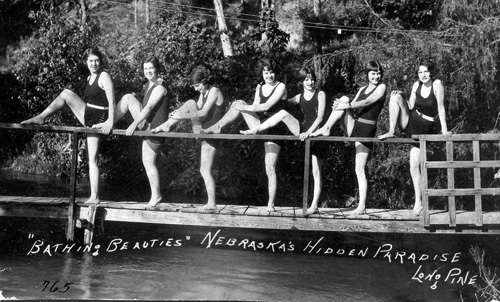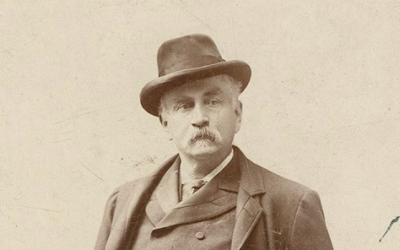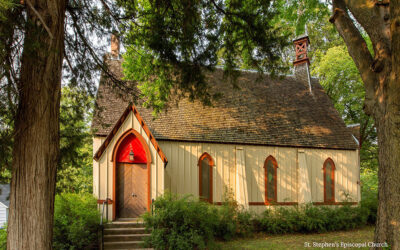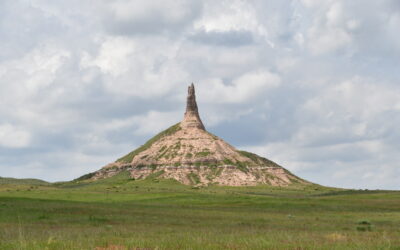
“Bathing Beauties” in 1930. Heritage House Collections, Long Pine, Nebraska
What did rural Nebraska travel and recreation look like in the early-to-mid twentieth century? A forested canyon at Long Pine became popular at a time when ordinary Americans saw expanding opportunities for leisure and travel. Rebecca Buller writes about it in “Intersections of Place, Time, and Entertainment in Nebraska’s Hidden Paradise” in a previous issue in Nebraska History. The pine-forested canyon is carved into the seemingly endless rangeland of north central Nebraska. Along the canyon floor, the spring-fed Long Pine Creek flows with 55°F water year-round. In the early twentieth century, entrepreneurs decided that it was the perfect place for a tourist destination. In 1910 they established Long Pine Amusement Park, later known as Hidden Paradise.
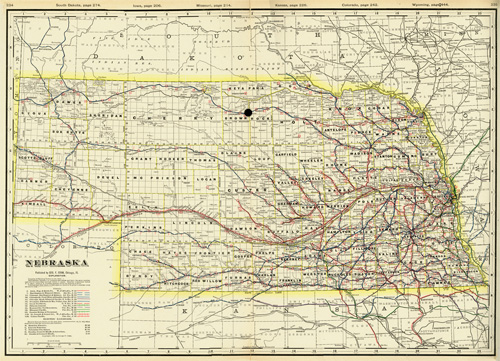
A dot added to this 1903 railroad map shows Long Pine’s location. See detail below. NSHS M782 1903 C84
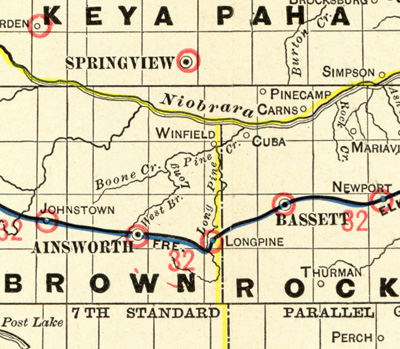
Detail of above map, showing Long Pine between Ainsworth and Bassett. Long Pine’s location along the Chicago and North Western Railroad was an important factor in the park’s early success.
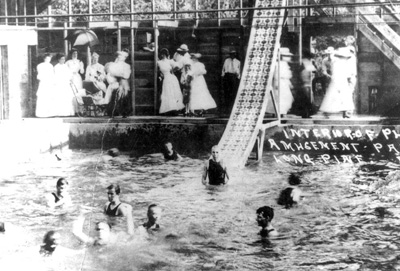
Inside the Plunge Bath, circa 1910. Heritage House collections, Long Pine, Nebraska.

Many picture postcards were issued from Long Pine in the early twentieth century. This one is postmarked July 19, 1913. From a private collection.

The Cotterill Sisters Orchestra, made up of three sisters from Bassett, was practically a fixture at Hidden Paradise in the early 1910s. NSHS RG3183-3-15
